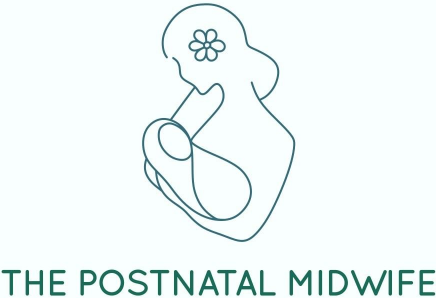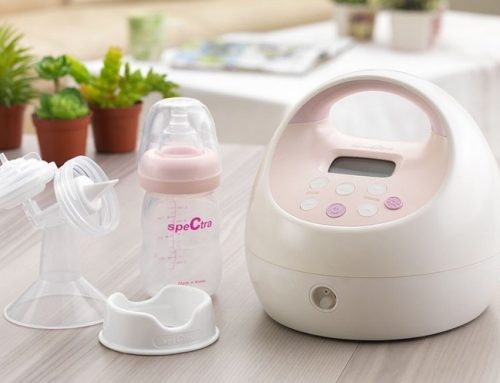Breastfeeding can be challenging in knowing your baby is getting enough milk. Breastfeeding has very little ability to ‘time manage’ in the early weeks as each feed can be so different and obviously, we cannot see how much your baby is getting at each feed. However, there are ways we can tell your baby is getting enough breast milk after a feed, over a 24-hour period, and from week to week.
- At each feed your baby will tell you they have had enough by ideally coming off the breast independently, or they will fall asleep and if encouraged to continue feeding – by stroking a hand, tickling a foot, or prodding their chin they will let the breast go or continue to sleep and you can un-latch them. They will then remain content- whether awake or asleep until the next feed.
It is important to drain one breast at each feed- this doesn’t necessarily mean you only feed off one breast at each feed but that you feel your baby has emptied off the first breast before swapping sides. If your baby has had 10 minutes or less on the first side, or your breast still feels quite full when your baby comes off, burp your baby, and then latch back onto the same side. If you feel your baby has emptied the breast or had 10 minutes or more on one breast swap sides after burping. I like to tell my clients to offer “entre and the main course on the first side, then desert on the other” as a helpful way to remember.
Your milk supply works on a “supply on-demand”. Your supply will arrive 24-48 hours after the demand is made. For example, think about when your milk ‘comes in’. your baby starts the demand by feeding regularly and, on average, by day 3 that supply is met. If your baby has a growth spurt, they will cluster feed and feed regularly for 24-48 hours, the increased supply and changes in your milk makeup occur 24-48 hours after the change in demand, and you’ll find you have a more settled baby. If the demand for milk reduces, 24-48 hours later your supply will reduce also.
Over 24 hours your baby will show you they are getting enough by
- Being settled between most feeds- breastfed babies will feed 8-12 times in a 24-hour period. This can be anywhere from 2- 4 hours between feeds, but most babies will feed 2-3 hourly.
- Breastfed babies will use their bowels (poop) anywhere from every feed to 1-3 times a day. As your baby gets older and your milk supply is just right for your baby, some breastfed babies can go days without a poo. If their tummy is soft, and they are passing wind this is completely normal – breast milk is designed specifically for your baby and if your baby is getting just the right amount there won’t be much wastage. Breast milk has a special sugar called lactose in it that acts as a laxative, so breastfed babies do not get constipated.
- Once your milk supply is established- generally by day 5 – your baby should be having 6-8 heavy wet disposable nappies in a 24-hour period. This shows your baby is nice and hydrated.
- Your baby should have short alert periods that get longer as your baby gets older. Your baby should also be waking for most, if not all feeds in a 24-hour period.
- Over the course of a week, you’ll be reassured by your baby’s weight gain, 30-40g per day on average. However, babies do not gain weight in a linear fashion. Some days your baby may gain nothing and on others, they will gain 100g! therefore, I discourage you to weigh your baby too regularly- it can cause more anxiety than it needs to. If your baby is gaining on average 200g+ per week you are doing brilliantly!
When breastfeeding, try not to fixate on the ‘volume’ and pay attention to your baby’s behavior and the other signs listed above to indicate your baby is getting just what they need.
If you have any concerns, would like some reassurance, or want to know how to increase your milk supply this can all be discussed in a Lactation Consultation which can be booked via my website, Instagram, or email.
Remember to trust your gut and listen to your baby
- Amy, The Postnatal Midwife and Lactation Consultant



